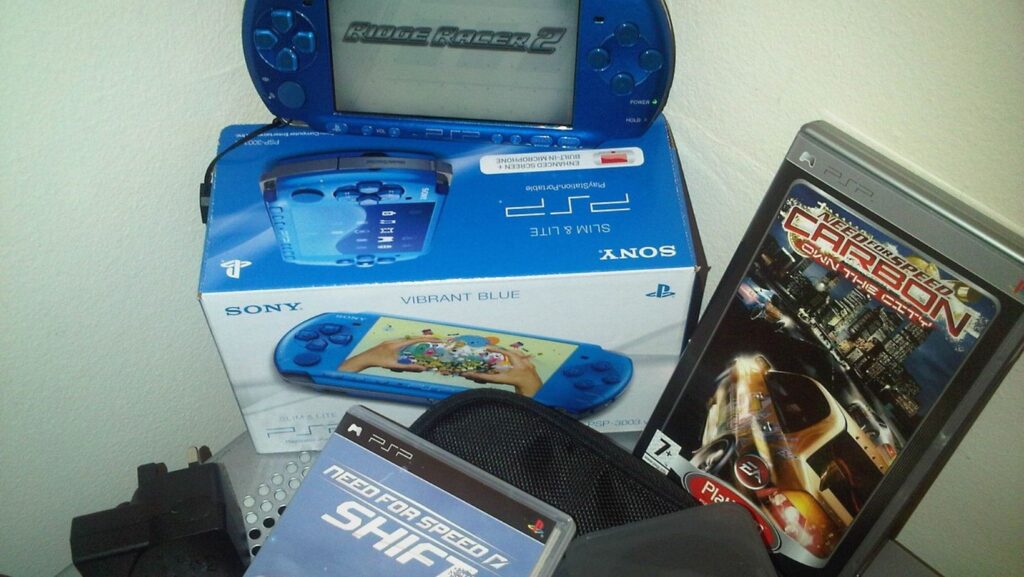
Nintendo has been killing it recently, making huge waves in the console space ever since the development of its Switch. Following on from the disappointment of the Wii U, the Switch made the genius move to consolidate Nintendo’s then-separate handheld and console lineup into one system. In doing so, it both recovered its lacking console reputation and built on the strong legacy of its handheld history.
With the Switch claiming a position as the third-best-selling console of all time we have to wonder what Sony and Microsoft think about making similar moves. While they can’t match the history of Nintendo in this space, there’s still an immense amount of potential and promise in this side of the market ripe for exploration. It’s a big leap, but the path ahead of them is already more paved than we might think.
Following Footsteps
Creating a handheld gaming machine is not an easy task. They need to balance performance with battery life and cost while also ensuring that supply can meet demand for both systems and games. Trying and failing here means taking a significant direct financial hit, similarly risking downstream effects on shareholder confidence and stock price.
In the new generation, taking such a road has already been increasingly explored by modern PC handhelds like the Steam Deck, Lenovo Legion Go, and Asus Rog Ally.

The open architecture of these handhelds means they’re not perfect analogs for a more dedicated and strict closed gaming system, but they’re also demonstrating key market metrics. The success and failure of these systems is essentially free market testing, reducing much of the risk in finding what players really value and enjoy.
Adding to this from Sony’s end is the company’s former experience in the handheld space with PSP and PSVita. While these systems couldn’t compete with Nintendo’s DS and 3DS platforms, they still offered valuable manufacturing experience and lessons to the PlayStation developer. Plus, with Sony’s recent PlayStation Portal, the company has proven it has what it takes to keep developing handheld tech in the modern market.
Gaming Potential
Every system is only as good as its game selection, and this is another area where the potential for Sony and Microsoft is greater than ever before. This could start with better online support, both for their games and online titles, as you’d find in the digital casino market. Support for a service like a New Jersey online casino has traditionally been lacking in all dedicated console manufacturers, and a better selection here for services and apps would go a long way. Whether collecting free spins and deposit matches or playing games like slots and roulette, a more open app selection could give Sony or Microsoft a step up on the competition.

In terms of libraries, both Sony and Microsoft could mitigate risk by making older and retro titles the primary emphasis of their system. Backward compatibility has proven a huge success in the latest systems, and both developers have a huge library from which to draw. Today’s technology makes it relatively easy for a handheld to play games of the PS4 generation and before without compromise or even with enhanced performance through more powerful tech. The success of throwback systems like the PlayStation Classic shows the excitement possible over this idea on Sony’s end, and Microsoft could go back even further with improved support for early Windows and even DOS titles.
There’s no question that fans would flock to announcements of new handhelds from Sony and Microsoft. Properly designed, even as side-projects, these handhelds would find enormous sales, but is that enough to ensure that this direction will be taken? Unfortunately, even with so much on offer, management seems reticent to take on Nintendo on its home turf. Still, the potential is there, even if we have to resort to emulating the games we own on the Steam Deck until then.






